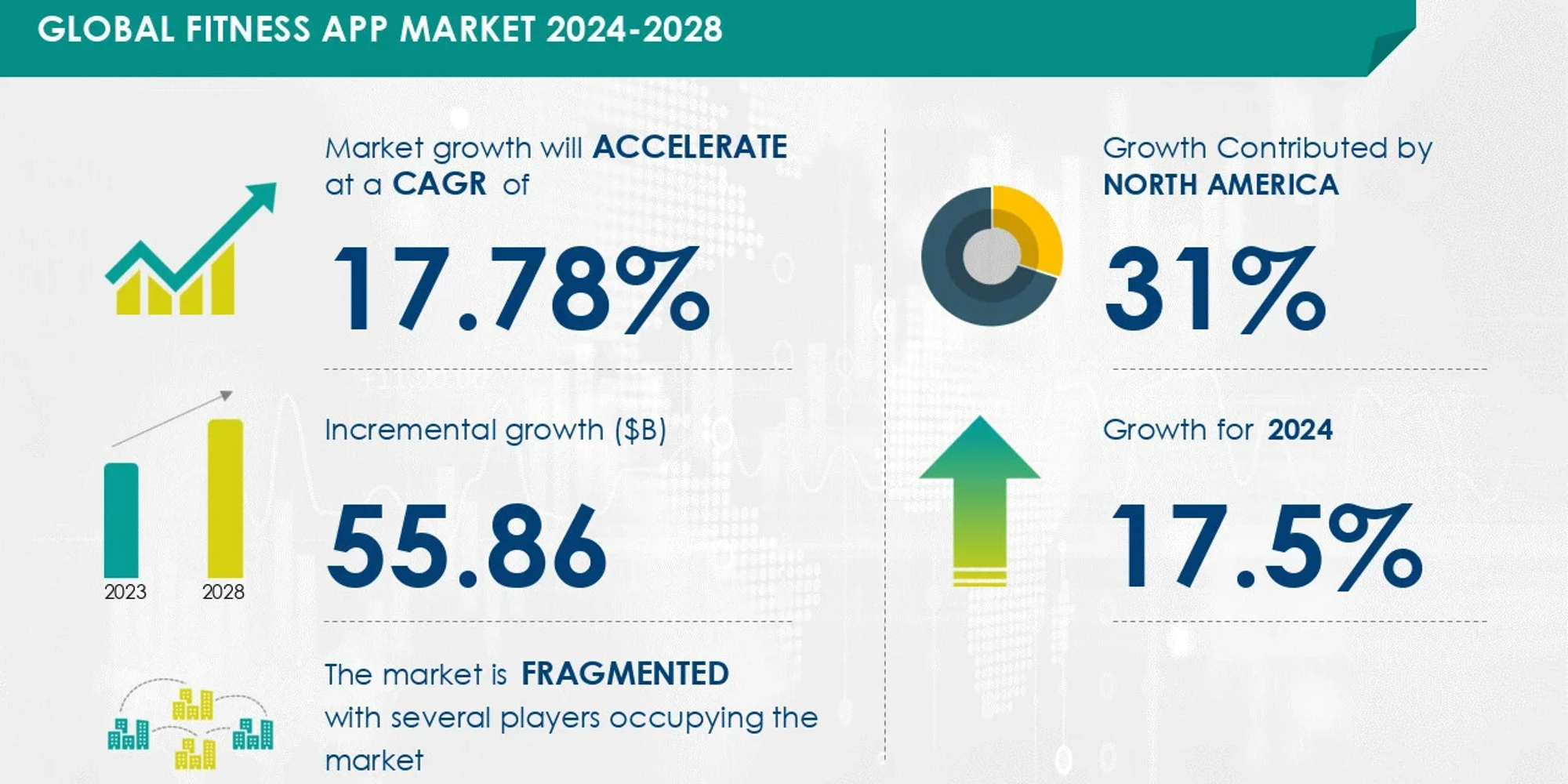Bussiness
Inside the Fastest-Growing, Most Complicated Sector of the Music Business

For the past several years, the organizations that collect public performance royalties have been growing far faster than most of the music business, especially in Europe. Revenue at the French collective management organization SACEM rose 34% in 2022, while its UK counterpart, PRS for Music, doubled its revenue since 2014. The growth is fast enough to make the whole alphabet soup of initials exciting to the point of attracting investment-backed rivals to the traditional nonprofits — think BMI, which just took on outside investment, or Kobalt’s AMRA.
Until about a decade ago, the traditional collective management organizations, known as CMOs, licensed rights within a given territory for compositions played in public — at concerts, in stores and restaurants, on television and radio, and eventually from streaming services. (Some also collect for mechanical rights or neighboring rights and remit that to rightsholders through related organizations.) And while European CMOs still do that, for the last decade they have also competed against one another to represent and license online rights in Europe and some other territories (not including the U.S.). This has made the most complicated part of a complex business even harder to understand, since it allows publishers and songwriters to assign different kinds of rights in different territories to different CMOs. In the U.S., for example, songwriters can join ASCAP or BMI, then assign certain rights in other territories to different organizations, in order to collect that money directly instead of indirectly, although only very successful creators tend to do this.
As the pandemic subsided in 2021, CMO growth turned to hypergrowth, fueled by increases in online revenue, the reopening of restaurants and stores, and the roaring comeback of the concert business. The annus mirabilis was 2022, especially for the European societies that represent the most U.S. repertoire: SACEM grew 34%, PRS 23%, Sweden’s STIM 20% and Germany’s GEMA 13%. Now growth is coming down to earth, but it’s still healthy — last year, revenue grew 5% at SACEM (where distributions grew 19%), 12% at PRS, 8.4% at GEMA and 14.2% at STIM. So I was eager to write a column about how important this is for songwriters and the music publishing business that supports them, what this means for the future, and how creators can figure out which CMO would be the best for them. Instead, I ended up spending a few days staring into an abyss of uncertainty.
Growth in CMO revenue means that either the publishing business is growing, a given CMO is faring better than its competitors, or some mix of the two. But although the European Union mandates transparency, each CMO accounts for revenue so differently that it’s very hard to compare them. For example, STIM categorizes revenue collected from online licenses in foreign territories as “foreign income”; SACEM considers this “online”; while PRS treats this income as online when it licenses rights directly and foreign when it doesn’t. It gets considerably more complicated from there.
As competition among societies heats up, the most important few are pulling away from the rest. PRS, GEMA and STIM operate ICE as a Berlin-based pan-European licensing hub, and most publishers and other societies license online rights in Europe and other countries either through it or SACEM, which is a hub in its own right. That means at least some of the growth at those societies is coming at the expense of their European competitors, although it’s hard to tell how much.
Even as CMOs compete, they also cooperate in various ways — including remitting money to one another. Some of the success of societies actually depends on their rivals: GEMA members will make more if SACEM maximizes the money it collects on their behalf in France, for example. The closest analog I can think of is world trade, where countries drive prosperity by boosting the success of their counterparts while also trying to outcompete them. Consider that every CMO wants to account to its members faster than its rivals, but final accounting is only possible once numbers come in from other markets. It’s a game that can only be won by both beating and boosting rivals. At this point, the abyss starts to stare back.
Perhaps since the CMOs depend so much on one another, the top executives agreed on a few points — most important that growth will come back to earth and that as it does, cost efficiency will become more important. “I think we will continue to see growth but not at as fast a pace as during the pandemic,” STIM CEO Casper Bjørner told me. As that happens, “I think cost ratio becomes really important,” GEMA CEO Tobias Holzmüller added, referring to the percent of revenue that goes to expenses, which has historically been between about 10% to 15% and is generally declining. And since the CMOs collect relatively similar per-play payouts from streaming services, Holzmüller said, “You compete on cost and services.”
SACEM CEO Cécile Rap-Veber said the same: “What matters to me is value for our members.” PRS CEO Andrea Czapary Martin has also prioritized efficiency, setting a goal of getting the PRS cost ratio below 10%, which it did in 2023 for the second year in a row, in addition to cutting its administration rate for royalties from online services by 20%. “We can do this,” Martin said recently, “because we are surpassing our targets.” The idea is that, amid the accounting chaos, cost ratio might emerge as a comparison that’s easy for songwriters and publishers to measure.
Cost ratio may be an easy way to compare CMOs — but even that gets complicated because different sources of royalties come with very different costs. For example, general licensing revenue for music played in stores or restaurants is relatively expensive, since signing licensing deals with new businesses is relatively labor intensive. Revenue that comes in from online services costs less, while income from foreign counterparts is cheaper still. That gives an advantage to CMOs that depend more on foreign revenue relative to their size — and it helps STIM and PRS reduce their costs. (This isn’t the whole story; these societies are also very well-run.) It also makes SACEM’s 10.76% cost ratio even more impressive.
For all their competition, in fact, the big European CMOs aren’t always even playing the same game. STIM gets 73% of its income from foreign and online royalties, so to some extent its success is tied to that of Swedish songwriters who write for global pop stars, although it has to make sure they can’t get a better deal from another CMO. GEMA is at the opposite end of the spectrum — more than a third of its revenue comes from general and concert licensing, for which it takes in more than its rivals, presumably partly because the German economy is the biggest in Europe. PRS collects more online and foreign income, partly because English-language repertoire travels globally. SACEM, the oldest CMO and the biggest outside the U.S., benefits from operating its own hub. Breaking this down to determine the best deal for a given creator gets even harder, and it may just depend on which of those specialties offers the most appealing advantage.
That doesn’t mean competition isn’t working, though — even if some executives said that they measure themselves against their performance in previous years more than that of rivals. “Competition has forced a lot of us to improve our efficiency,” Rap-Verber told me when SACEM announced its results. And that benefits creators who join any CMO.









